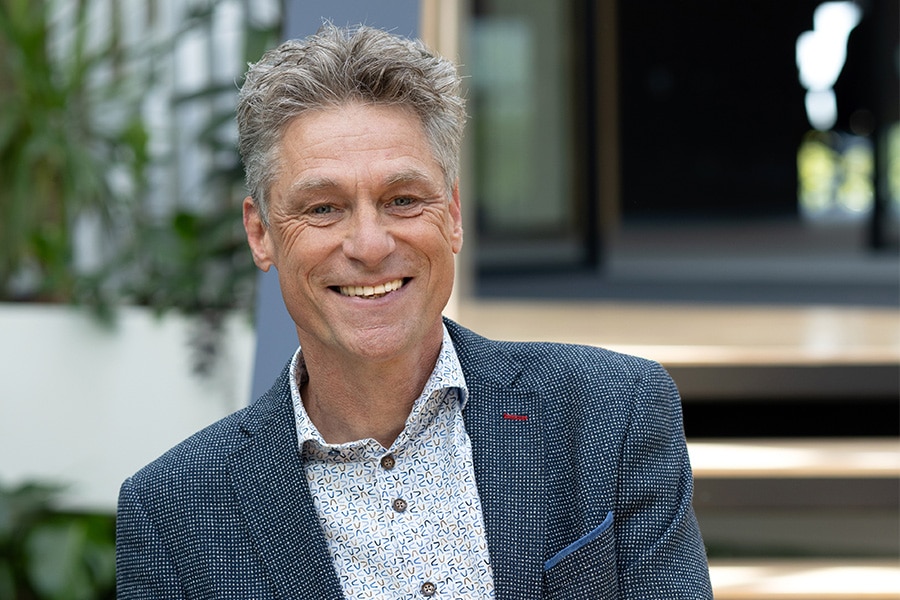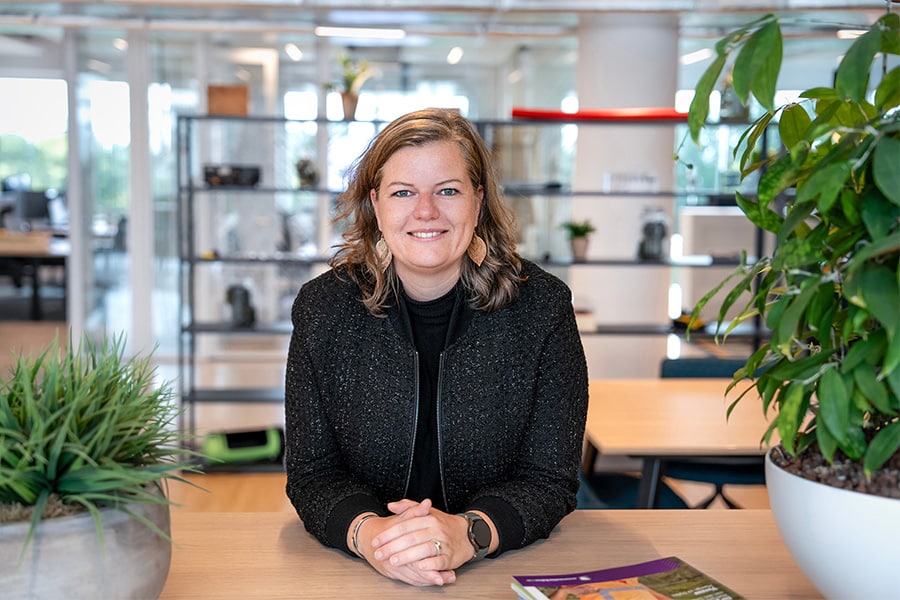
Energy transition in infrastructure
Effective use of available energy
CO2 emissions must be reduced; the need is greater than ever. The infrastructure sector is also facing the necessary challenges with a view to achieving the climate objectives, as stated in the Paris Climate Agreement. The challenge is to make the construction process more efficient, smarter and greener. Smart control solutions have a crucial role in the energy transition of infrastructure. They also help to handle the available energy effectively and efficiently.
Electric control is needed everywhere, and based on virtually the same technology, smart control solutions, both infrastructure, construction and industry can make great strides in the energy transition. In recent years there has been a lot of pioneering with electrification by off-highway equipment manufacturers. Smaller mobile equipment in particular is already quite advanced with zero emissions. Now we see that serious steps are also being taken with larger equipment. Dealing effectively with the available energy is perhaps the biggest challenge here. This can be done, for example, with smart solutions for storing and releasing energy for short periods of time.
Like industry, the infrastructure and construction sectors are becoming increasingly high-tech. What used to be mainly mechanical is now increasingly giving way to flexible, electrically controllable applications. With the energy transition in mind, it is important to minimize energy losses, be able to reuse energy and be less dependent on the capacity and stability of the power grid. It is for exactly this reason that supercapacitors are increasingly being used. Energy is stored and released in them, just like in a battery. However, supercapacitors can charge and discharge much faster. Is extra energy needed for a moment? Then supercaps meet that need, after which your own grid connection will suffice again. In addition, the energy demand is kept much more constant, without severe peaks and troughs, and interruptions are prevented. This also makes it cost-effective, because you pay the grid operator for the highest peak, even if it is only 1 second per day.
With these supercaps, you can make not only cranes, but also infrastructure structures such as movable bridges and locks more energy efficient. Many bridges are now many decades old and are due for drastic renovation or replacement. They were built at a time when traffic density was much lower than now; also, cars were not as heavy back then. Compare a 2CV to an electric car, which is equipped with a hefty battery pack. Hence, bridges are weighted when they are renovated, which of course requires appropriate technology for opening and closing. Supercapacitors come in handy there, too. For example, we recently made a calculation where we could assume 80 instead of 120 amps for the connection of a bridge. Apart from the savings, no thicker cable needs to be pulled. Less digging is also more sustainable.
Regardless of whether it is a bridge, hoist or crane, the technology and Smart Power Management Systems behind these seemingly different objects is largely the same. Software standardization is definitely the key to sustainability. Digitizing and smart automation means being able to optimize rather than just enabling and disabling a control system. Standard software is also easier to service and, moreover, you can slip a new software functionality into all controls or machines at the push of a button. It leads to time and cost savings, insight and ease of maintenance. There are still many opportunities for machine builders, end users and management organizations, such as the Department of Public Works and Water Boards, in standardizing software.
The Pen - Radboud van Dusseldorp – Commercial manager at VSE Industrial Automation




